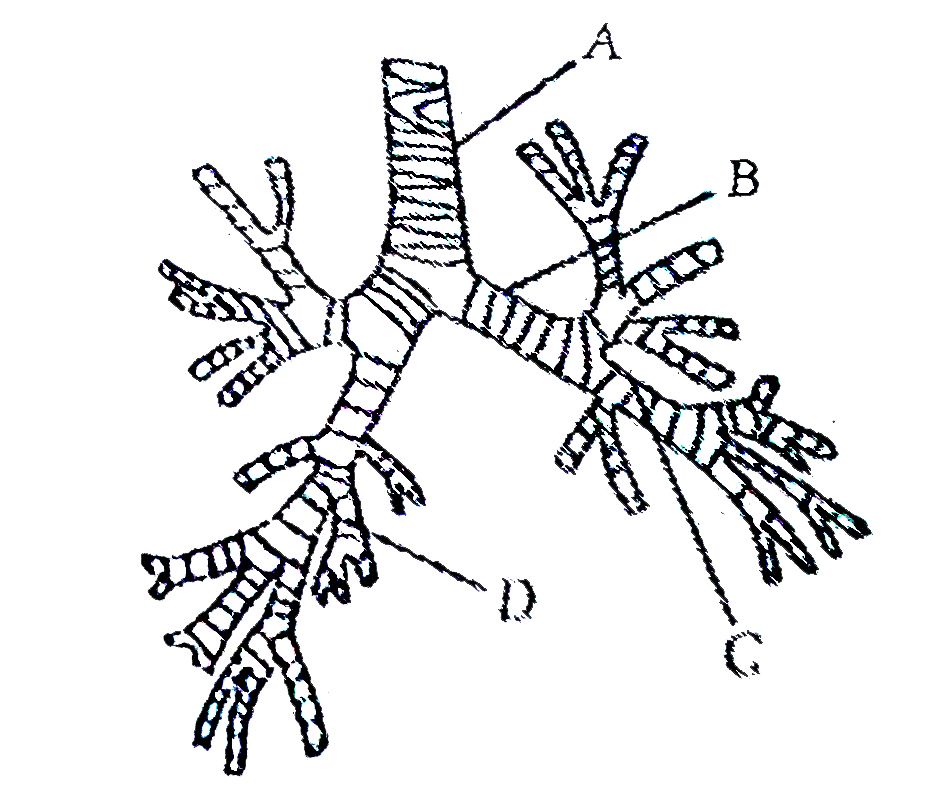Draw diagram of stomata through which exchange of gases take place.
Step-by-Step Solution to Draw the Diagram of Stomata
1. Start with the Basic Shape:
- Draw a small oval shape to represent the stomatal pore. This is the opening through which gas exchange occurs.
2. Draw Guard Cells:
- On either side of the stomatal pore, draw two kidney-shaped structures. These are the guard cells that control the opening and closing of the stomata. Make sure they are symmetrical.
3. Add Nucleus:
- Inside each guard cell, draw a small circle to represent the nucleus. This is the control center of the cell.
4. Include Chloroplasts:
- Within the guard cells, draw a few small oval shapes to represent chloroplasts. These are important for photosynthesis and are found in guard cells.
5. Draw Subsidiary Cells:
- Surrounding the guard cells, draw additional irregular shapes to represent subsidiary cells. These cells provide support and protection to the guard cells.
6. Label the Diagram:
- Clearly label each part of the diagram:
- "Stomatal Pore" for the opening,
- "Guard Cells" for the kidney-shaped structures,
- "Nucleus" for the small circles inside the guard cells,
- "Chloroplasts" for the small ovals inside the guard cells,
- "Subsidiary Cells" for the surrounding cells.
7. Final Touches:
- Review the diagram for clarity and ensure all parts are labeled correctly. You may want to use a ruler for straight lines and a pencil for neatness.
- Draw a small oval shape to represent the stomatal pore. This is the opening through which gas exchange occurs.
- On either side of the stomatal pore, draw two kidney-shaped structures. These are the guard cells that control the opening and closing of the stomata. Make sure they are symmetrical.
- Inside each guard cell, draw a small circle to represent the nucleus. This is the control center of the cell.
- Within the guard cells, draw a few small oval shapes to represent chloroplasts. These are important for photosynthesis and are found in guard cells.
- Surrounding the guard cells, draw additional irregular shapes to represent subsidiary cells. These cells provide support and protection to the guard cells.
- Clearly label each part of the diagram:
- "Stomatal Pore" for the opening,
- "Guard Cells" for the kidney-shaped structures,
- "Nucleus" for the small circles inside the guard cells,
- "Chloroplasts" for the small ovals inside the guard cells,
- "Subsidiary Cells" for the surrounding cells.
- Review the diagram for clarity and ensure all parts are labeled correctly. You may want to use a ruler for straight lines and a pencil for neatness.
Topper's Solved these Questions
- LIFE PROCESSESBOOK - MBD -HARYANA BOARDCHAPTER - LIFE PROCESSESEXERCISE - LONG ANSWER TYPE QUESTIONS
20 Videos
- LIFE PROCESSESBOOK - MBD -HARYANA BOARDCHAPTER - LIFE PROCESSESEXERCISE - VERY SHORT ANSWER TYPE QUESTIONS
21 Videos
- LIFE PRCOCESS (NUTRIENT, RESPIRATION, TRANSPIRATION AND EXCERTIONBOOK - MBD -HARYANA BOARDCHAPTER - LIFE PRCOCESS (NUTRIENT, RESPIRATION, TRANSPIRATION AND EXCERTIONEXERCISE - EXAMPLE
183 Videos
- MANAGKHOENT OF NATURAL RESOURCESBOOK - MBD -HARYANA BOARDCHAPTER - MANAGKHOENT OF NATURAL RESOURCESEXERCISE - EXAMPLE
117 Videos
Similar Questions
Knowledge Check
Name the pores in a leaf through which respiratory exchange of gases takes place.
Astomatal poreBepidermal poreCporinsDcuticleDuring respiration exchange of gases take place in
Atrachea and larynxBalveoli of lungsCalveoli and throatDthroat and larynxThe exchange of gases in a mammal takes place
AtracheaBbronchiolesCbronchiDalveoli
In earthworm, exchange of gases takes place through
View SolutionDiscuss the exchange of gases in plants.
View SolutionName the pores through which leaves exchange gases.
View SolutionThe process in which only exchanges of gases takes place is called
View SolutionStudy the following diagram and consider the statements following in regard to the labels .

I. A is lined by pseudostratified ciliated columnar epithelium bearing glandular cells and cartilaginous ring.
II. B is the part of lung where major exchange of gases takes place.
III. C decreases both in diameter and thickness as it gets take place.
IV. D is part of lung where exchange of gases do not take place.
Choose the correct set of statements.
View Solution
